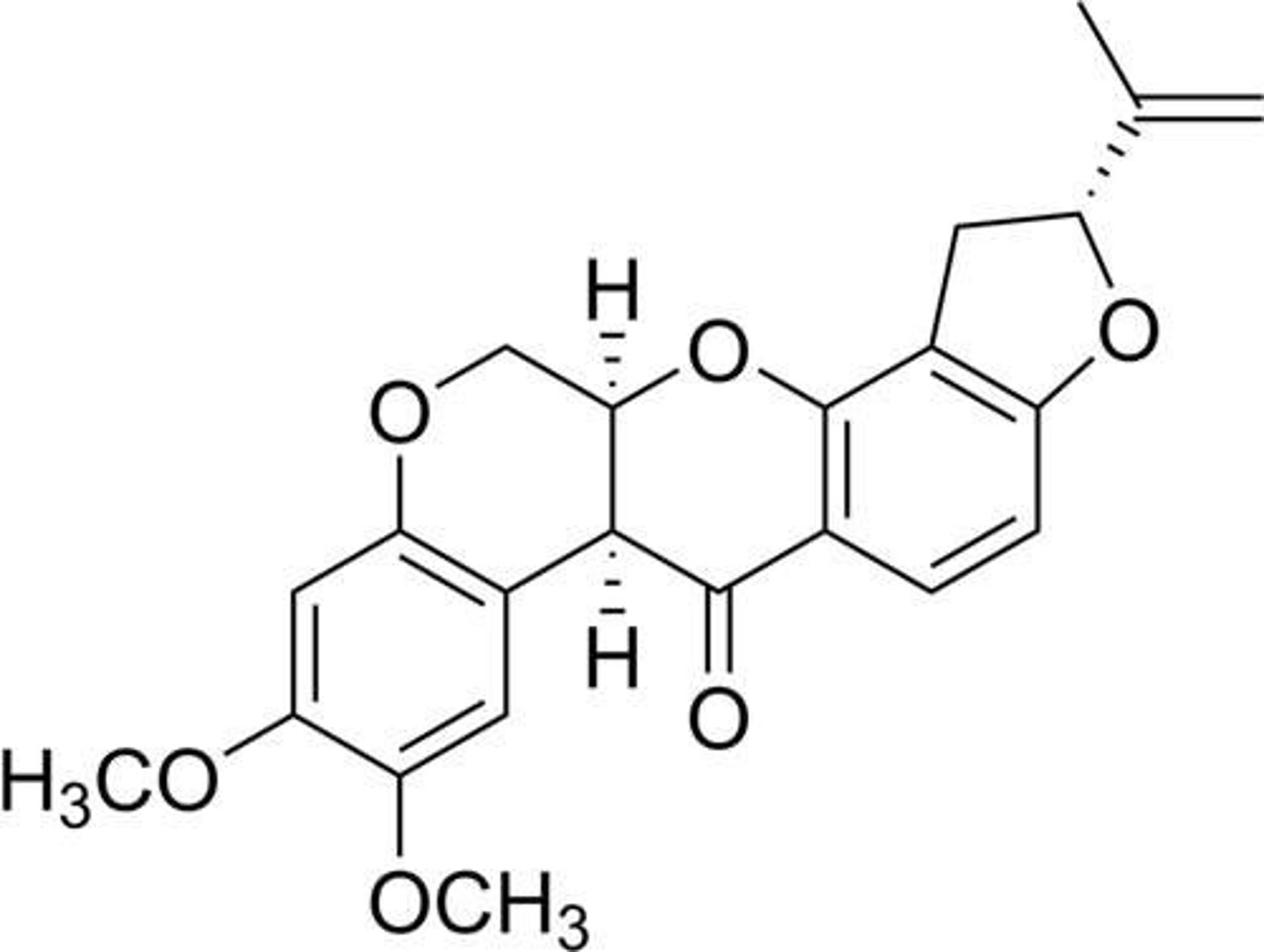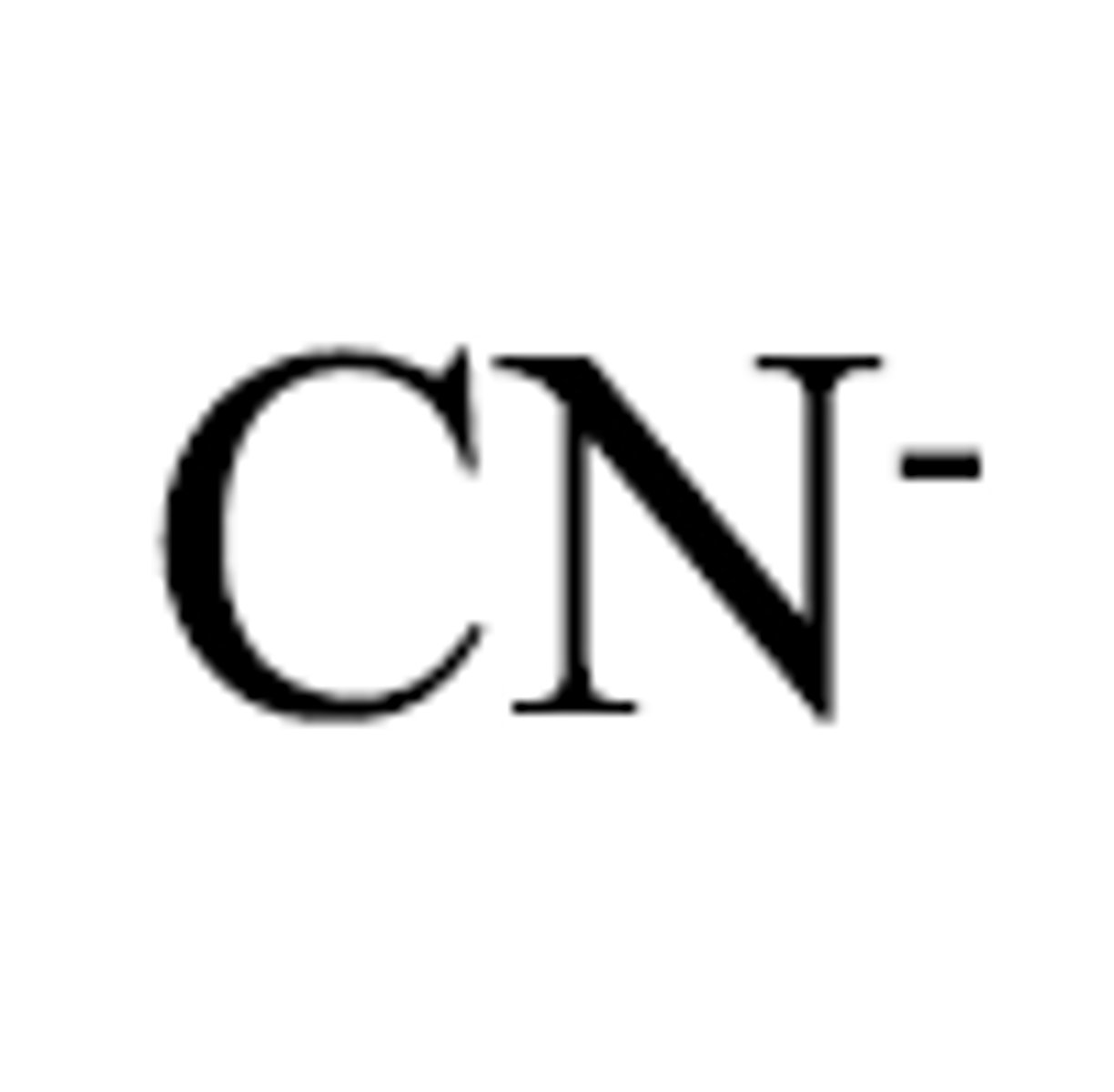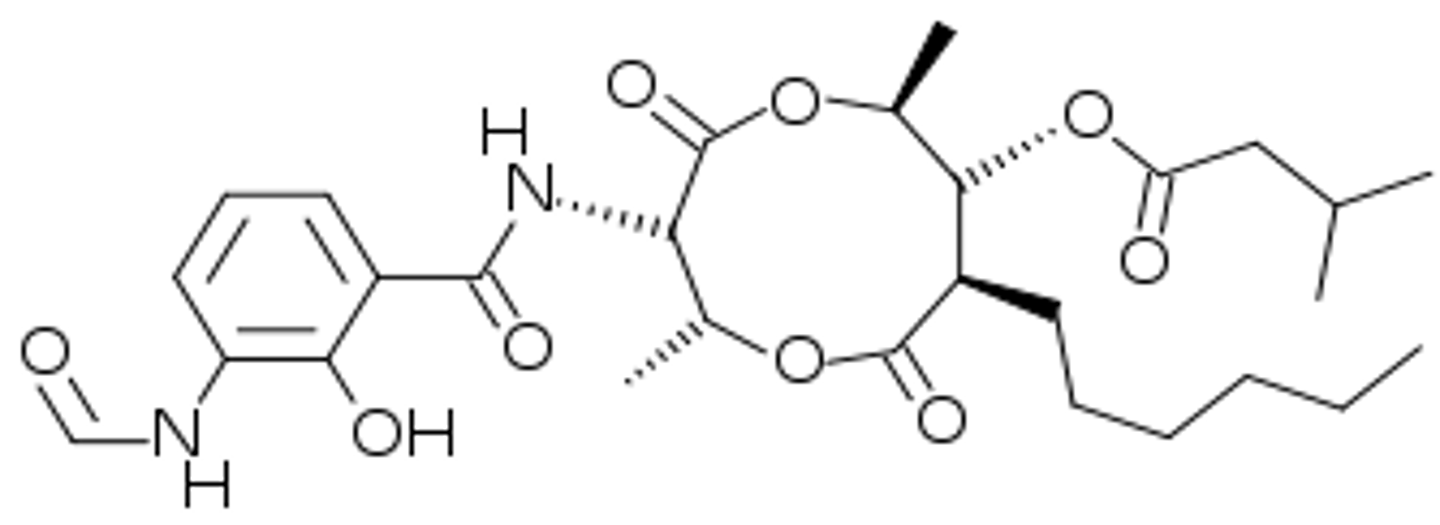Electron Transport System - PHSC208
1/23
There's no tags or description
Looks like no tags are added yet.
Name | Mastery | Learn | Test | Matching | Spaced |
|---|
No study sessions yet.
24 Terms
Mitochondria
releases energy during electron transfer used for ATP synthesis, calcium uptake, and heat generation (thermogenesis)
What does the outer membrane of the mitochondria have?
contains porins (proteins that make a hole) - things smaller than 10,000 daltons can go in and out
What are the features of the inner membrane of the mitochondria?
- freely permeable to oxygen, carbon dioxide, and water
- impermeable to everything else
- enzymes and transport proteins provide ATP, ADP, Pi, pyruvate, and calcium access to matrix
How can NADH generated in glycolysis be used for electron transfer?
oxaloacetate gets reduced to malate (malate-aspartate shuttle) --> electrons can move into malate --> malate can give back electrons to NADH to form reduced form of NADH for electron transport system
How does cytosolic NADH get into the ETS?
importing cytoplasmic NADH electrons into the ETS via FAD reduction occurs in the inner membrane surface of the mitochondria at Complex II (glycerol-3-phosphate shuttle)
What are electron carriers?
holds one or more electrons (even transiently)
What are mobile carriers and what are examples?
- can move between complexes
- NAD(P)H
- ubiquinone
- cytochrome c (contains heme prosthetic group)
What are examples of immobile carriers?
- flavin molecules (FAD and FMN)
- Fe-S clusters
- heme
- Cu-Fe (in heme) (terminal carrier prior to oxygen)
- Cu-Cu centers
Ubiquinone (UQ)
- oxidized
- CoQ10
- 10 isoprenyl subunits
Ubiquinol (UQH2)
reduced form of UQ
Cytochrome C
- small, soluble globular protein that contains a single heme prosthetic group
- carries one electron and no protons
- remains loosely associated with the inner mitochondrial membrane
What does the release of cyto c form mitochondria impose?
signal to undergo apoptosis
Complex I reaction
- NADH dehydrogenase
- reaction oxidizing NADH and forming FMNH2
- two electrons moved via Fe-S clusters one at a time to ubiquinol
- four protons pumped out of the matrix
How does electron transfer motivate protein pumping in Complex I?
- resemble Na+/H+ antiporters (200 times per second)
- a river of water molecules allow H+ to pass along charged polar residues (Glu or Lys/His)
Complex II reaction
- succinate dehydrogenase: only enzyme participating in both the TCA and the ETS
- succinate + ubiquinone --> fumurate + ubiquinol
Is there proton pumping in Complex II?
no protons are pumped out of the matrix in complex II
What are other electron donors to UQ?
- acyl-CoA dehydrogenase complex (oxidizes fatty acyl-CoA)
- α-glycerol-phosphate dehydrogenase (entry of glycerol-phosphate into glycolysis/gluconeogensis)
Complex III reaction
- a dimer of 11 subunits in each monomer
- 2 UQH2 come in, one is oxidized into UQ and one UQH2 regenerated
- 2 mobile molecules of cyto c are reduced and four protons pumped out of matrix
Complex IV reaction
- 4 cytC (Fe2+) + O2 + 4 H+ --> 4 cytC (Fe3+) + 2H2O
- four protons pumped out to the intermembrane space
- occurs before terminal acceptor O2
Inhibitors of electron transport
- highly useful for experimentally determining the reactions occurring at each of the ETS complexes
- CO, N₃⁻, and CN⁻ bind to the iron in cytochrome a₃ in complex IV and block oxygen from binding to it (complex IV inhibitors)
When is ATP synthesized?
only synthesized at complex V (F1/F0 ATP synthase)
What inhibits complex I?
rotenone

What inhibits complex IV?
cyanide

What inhibits complex III?
antimycin A
